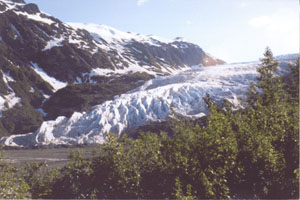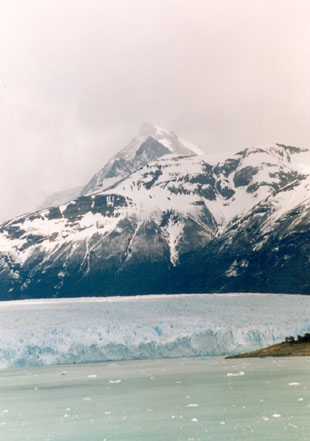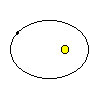When eccentricity and obliquity are combined at their maximums, one hemisphere will be significantly colder than the other. This means that when the stars are aligned, so to speak, global climate can change significantly.
What triggers an ice age?
• Tilt is a small angle
• Eccentricity is large
• Perihelion occurs during the northern hemisphere’s winter


When the tilt is smallest, there is less of a difference between seasonal temperatures and light at high latitudes. So, one winter’s snowfall may not fully melt in the short, cool summer, and glaciers can begin to form.
Deglaciation can be triggered when:
• perihelion occurs in July and
• the Earth’s tilt is near its maximum.
This means that although winters in the northern hemisphere are cold, the summers are hotter and ice melts more rapidly. Eccentricity also may not factor into the deglaciation trigger since it changes much more slowly than precession and obliquity.
Currently, although the precession of the equinoxes means that winters are cooler in the northern hemisphere, which is a favorable trait for an ice age, the high tilt and small eccentricity combined put us in an interglacial period.





